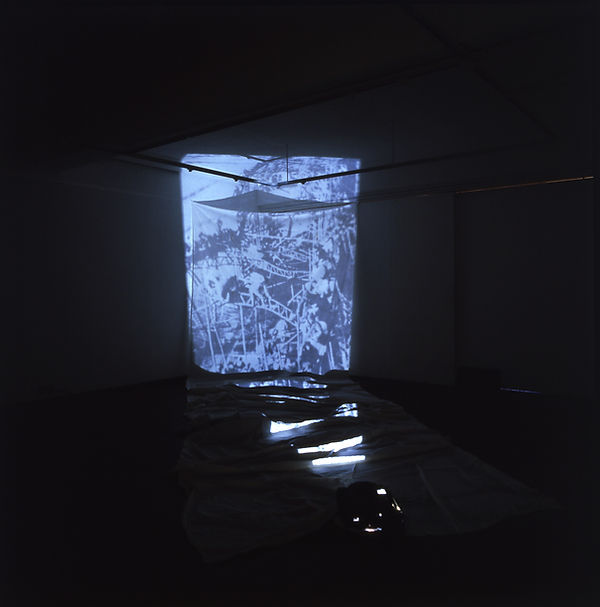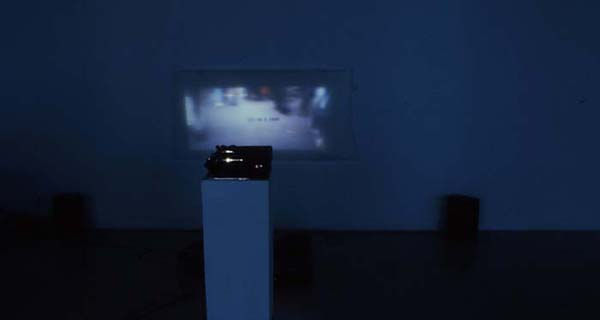Time, Body, and Silence
Sangghil Oh
Time-based artist | Body | Resistance | Trace | Silence
“What cannot be said—must be drawn, screamed, or scattered.”
Mouth—Body—Passage Before a Mirror
The speaking mouth is shut.
The body cannot hear.
Inside a confined space,
the mouth opens toward another mouth,
and the body retraces the same place.
Repetition becomes a passage for sensation.
Overlay becomes a trace of the unconscious.
Mouth and body act in silent symmetry.
From that fracture,
a new passage emerges.
Silence room, 1993

Slide projection, 21 seconds of blackout, the sound of a heartbeat
Without warning, the lights go out.
For 21 seconds, silence settles in.
In the sudden darkness, the viewer’s body tightens.
Eyes grope futilely into the void.
The old mechanical whir of the slide projector halts,
and the yellow light fades.
Only the sound of a heartbeat remains.
It grows louder—
as if it were the viewer’s own heart
testifying in the dark.
This installation was a device
to make the body confront images from the past—
colonization, war, dictatorship, massacre.
It was designed to force a face-to-face encounter
with things we didn’t want to remember.
Here, the viewer is no longer a ‘safe observer.’
They are interrupted, confused,
even subjected to emotional violence.
In those moments,
the power of the one who sees the image collapses.
Art can be the most intricate mechanism
for making that collapse perceptible.
Repetition—through doubling and overlay—
questions and expands space.
Spitting, 2016

single channel video installation, sound
This video installation marked a turning point.
By placing myself inside the frame,
I fragmented the body in space
and overlaid the gaze with structural tension.
Untitled 97-7, 1997
single channel video installation, sound
The moment the language of the body erupts—
when speech has disappeared.
Scream, 1999
single channel video installation In the black cylinder, sound
A continued scream.
An unbroken outlet of emotion.
18th May 1993

single slide projection & sound
“Nothing was seen. Nothing was heard.
That was the essence of this work.”
On May 18, 1993,
the artist wandered the streets of Seoul all day,
filming without a viewfinder—
collecting ambient noise,
ad broadcasts, and newscasts.
A single frame
—feet of a crowd swaying at rush hour—
and a doubled, dissonant sound track
became the entire installation.
In May 1980, I was a soldier in an artillery unit
during the Gwangju Uprising.
Thirteen years later,
Seoul was full of fatigue and noise—
with no trace of memory.
That invisible rupture
was the work’s only image,
its only voice.
